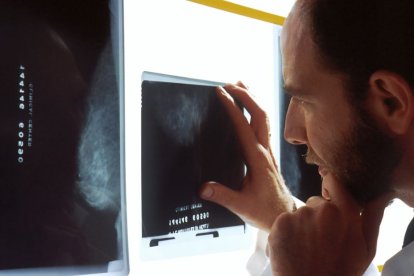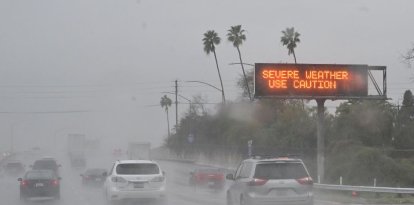Cancer diagnoses rates are increasing in young people
Experts claim that there is a lack of information to explain the causes behind the increase in cancer in people under 50.

(Unsplash)
"Breast cancer impacts far too many people in our country," warned Dr. Carol Mangione, chair of the U.S. Preventive Services Task Force health expert panel, in a video announcing an update to its recommendations last year. Recent studies led the group to lower the recommended age for starting screenings by ten years from 50 to 40 years. "This new recommendation will help save lives and prevent more women from dying of breast cancer," Mangione said. According to the institution, the new recommendation could save 19% more lives.
Concerns about breast cancer in increasingly younger women are just part of a trend that alarms professionals. There has been an increase in cancer diagnoses in young people.
Cancer diagnosis in people under 50 increased by 79% from 1990 to 2019. The number of deaths increased by 28%. This is clear from a study published in the scientific journal BMJ Journals. Something similar can be said about the United States. A study released last year by the Jama Network revealed that while cancer diagnoses decreased from 2010 to 2019 in adults over 50, there was an increase in diagnoses among younger patients, especially in the 30-39 age group.
Nearly 86,000 Americans aged 15 to 39 were diagnosed with some type of cancer in 2023, according to the National Cancer Institute accounting for 4.4% of the total diagnoses. In 2024, it will get worse. This is confirmed by new data from the American Cancer Society, which predicts there will be a total of more than 2 million cancer diagnoses this year. That's the equivalent of 5,480 diagnoses per day. This new record is driven by the increase in cancer in middle-aged patients:
Types of cancer
Colon cancer was the first sign. In the last 24 years, diagnoses of this type of disease have almost doubled in the 55-year-old group of Americans, according to information collected by the Wall Street Journal. Data from the American Cancer Society supports the detected increase:
The U.S. Preventive Services Task Force lowered the recommended age for colorectal cancer screening from 50 to 45. Increased detection of colorectal cancer among the younger population was followed by increases in detections of appendix, stomach, uterus, pancreas, breast and prostate cancer.
An increase in detections, however, does not translate to an increase in cancer deaths. The death rate from all types of cancer for adults under 50 fell by 2% in nearly half a century. However, it varies by case. For example, deaths from lung cancer and leukemia have decreased.
Causes
"While genetics are likely to play a part in the rise of cancer cases in young people, experts say that smoking, alcohol consumption and diets high in meat and salt but low in fruit and milk are the main risk factors," according to a publication from the University of Edinburgh, Scotland, which participated in a study with young patients from 200 countries and regions. "Further research is needed to fully understand the reasons driving the concerning growth in cases."
In the case of breast cancer, oncologist Katherine Crew explained in an article from Columbia University that in the last decade, more women have begun to undergo genetic testing. Early detection may explain part of the increase - that is why, in the fight against cancer, mortality is usually considered to be the determining factor, rather than diagnoses. Crew also added:
The increase is linked to genetic and lifestyle causes. So much for the consensus. In terms of behavior, various reasons have been pointed such such as sitting in front of television, being born by cesarean or being obese. Ahmedin Jemal, vice president of the American Cancer Society, told the WSJ: "Otherwise, the progress we have made in the last 50 years may stall or reverse."
The latest study from the ACS shows that there have also been great achievements:
RECOMMENDATION





















